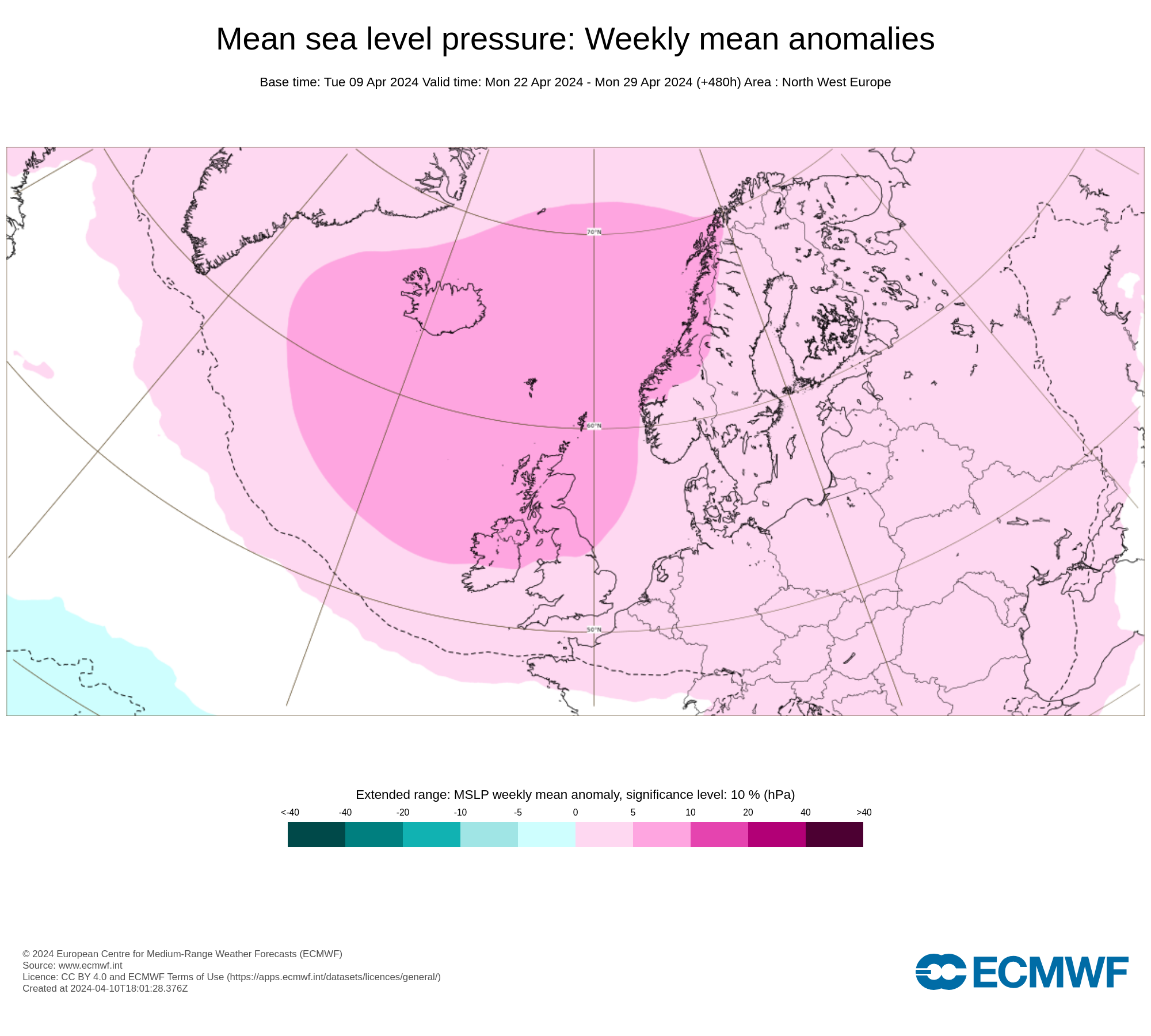A brutal air mass in Mongolia may have just crushed a world record for surface air pressure
A brutally cold dome of high pressure across eastern Asia has produced what may be the highest barometric pressure readings ever documented on planet Earth — with an important qualifier.
At 7 a.m. local time on Tuesday, the mean sea-level pressure at Tsetsen-Uul, Mongolia, rose to 1,094.3 millibars, or 32.31 inches. The high pressure was accompanied by a bone-chilling temperature of minus-49.9 degrees (minus-45.5 Celsius).
The pressure reading at Tsetsen-Uul tops the 1,089.4 millibars observed at Tosontsengel, also in Mongolia, on Dec. 30, 2004, judged by the World Meteorological Organization to be the world pressure record for elevations above 2,461 feet (750 meters). Tosontsengel is located at an altitude of 5,658 feet (1,725 meters), and Tsetsen-Uul is at 6,325 feet (1,928 meters).
Several other stations near Tsetsen-Uul reported extremely high pressure values, including 1,091.9 millibars at Tosontsengel.
Pressure is a measurement of the weight of the air over a given area. High pressure promotes sinking air and calm weather, whereas low pressure is generally associated with rising air and stormy conditions.
The World Meteorological Organization maintains two altitude categories for high-pressure records, because there is inherent uncertainty in the formulas used to convert air pressure measured at high-altitude stations to a sea-level equivalent.
Air pressure normally drops as you climb in altitude. To produce weather maps that reflect the ebb and flow of weather features, rather than this elevation effect, locally observed readings are routinely converted to mean sea-level pressure values.
For elevations below 2,461 feet, the current titleholder is Agata, Russia, where a pressure of 1,083.8 millibars was recorded at the center of a huge dome of high pressure on Dec. 31, 1968. The Siberian hamlet sits at an elevation of 856 feet (261 meters).
The highest pressures on record for most U.S. cities are between 1,045 and 1,060 millibars, according to a website maintained by David Roth of the National Weather Service. The contiguous-U.S. record is 1,064 millibars, recorded on Christmas Eve 1983 in Miles City, Mont., during a historic cold wave that engulfed most of the nation.
The full-U.S. record is 1,078.8 millibars, set in Northway, Alaska, on Jan. 31, 1989, as another historic cold wave entered North America. Canada set the North American record two days later, on Feb. 2, with 1,079.6 millibars at Dawson City, Yukon.
The most intense surface domes of high pressure occur in winter, with cold, dense air pooling near the surface. Clear skies and calm winds, especially when assisted by snow cover, can allow temperatures to dip much colder near ground level than just a few hundred feet higher, a condition known as an inversion.
Assessing the potential record
Randy Cerveny, a professor at Arizona State University who coordinates the World Meteorological Organization’s evaluation of climate extremes, told Capital Weather Gang in an email that the agency will investigate the potential record from Mongolia.
The crucial factor, according to Cerveny, will be the technique used to convert the barometric reading to mean sea-level pressure. The inherent challenge is the need to assume how warm or cold the “real” atmosphere would have been in an imaginary layer between the station and sea level.
At least 15 different methods have been used around the world, and there is no global standard.
The surface temperature of minus-49.9 degrees at Tsetsen-Uul was close to the reading of minus-48.6 (minus-44.8 Celsius) associated with the 2004 record at Tosontsengel. That similarity means a record is at least plausible.
“A comparison of the 2020 and 2004 events is at least like with like,” climatologist Blair Trewin of the Australian Bureau of Meteorology said in an email.
You can find all the latest weather warnings and forecasts by downloading our app from the google play store by clicking below














